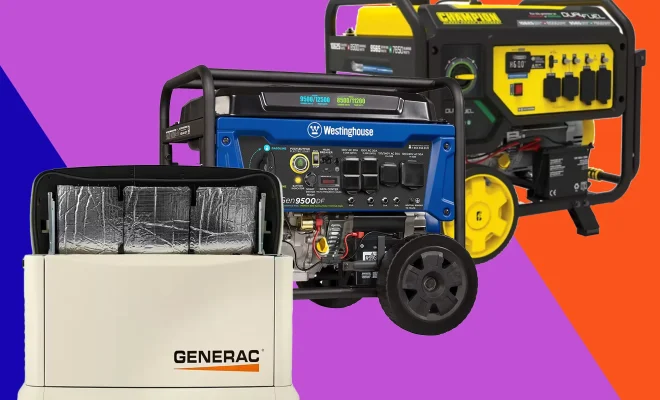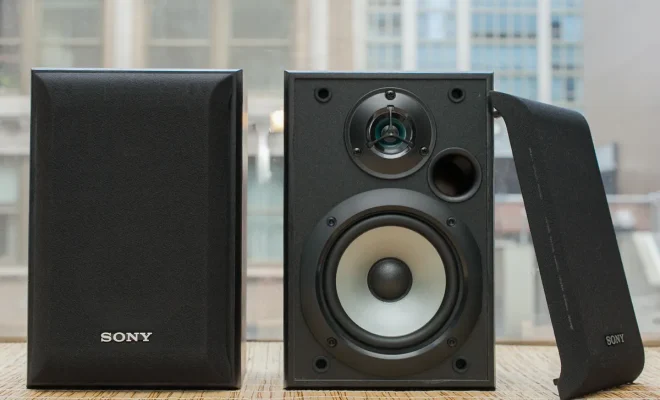Home Generator Buying Guide

Introduction
A home generator is essential to keep you and your family comfortable and safe during a power outage. Choosing the right one that meets your needs can be overwhelming with countless options available. This buying guide will help you navigate through the different factors to consider when purchasing a home generator, ensuring you make the best choice for your home’s requirements.
Types of Home Generators
There are two main types of home generators: portable generators and standby generators.
1. Portable Generators: These are small and lightweight, making them easy to transport and store. They typically use gasoline or propane as fuel, and can be used for temporary backup power during short duration power outages.
2. Standby Generators: These are permanently installed appliances that automatically turn on when there’s a loss of electricity supply. They run on natural gas or propane, providing continuous backup power until the utility power is restored.
Power Output
Generators produce electrical output measured in watts (W) or kilowatts (kW). It’s vital to determine the adequate power required for your home before making a purchase. Calculate the sum of the wattage requirements of all essential appliances (e.g., refrigerator, lights, heating/cooling systems) that need to operate during an outage. Based on this calculation, choose a generator with sufficient output capacity.
Fuel Options
Generators commonly run on gasoline, propane, diesel, or natural gas, each having its own advantages and disadvantages.
1. Gasoline – It’s readily available and relatively inexpensive but has a short shelf life and requires proper storage.
2. Propane – It has a longer shelf life compared to gasoline but may become scarce during emergencies.
3. Diesel – It offers high fuel efficiency and long shelf life but comes at a higher cost and requires proper storage.
4. Natural Gas – It’s clean-burning and has an unlimited supply through pipelines, but is less portable and has lower power output.
Runtime
Consider how long you’ll need the generator to run during a power outage. Portable generators usually have shorter runtimes between 7 – 10 hours, whereas standby generators offer more extended periods, often lasting for days if supplied with fuel.
Transfer Switch
A transfer switch allows you to connect the generator safely to your home’s electrical panel, switching the power source from utility to your generator during an outage. Standby generators typically come with an automatic transfer switch, while portable generators may require a manual transfer switch installation.
Noise Level
Generators can be noisy, so ensure your chosen generator’s noise level is within reasonable limits for your neighborhood. Most models operate at 60-75 decibels (dB), comparable to standard conversation levels.
Maintenance and Warranty
Regular maintenance prolongs a generator’s lifespan and ensures reliable performance. Consider purchasing a model with low maintenance requirements or easy accessibility to components that require periodic servicing. Additionally, look for warranties that provide adequate coverage for parts and labor.
Conclusion
In conclusion, several factors should influence your home generator purchase decision. Carefully assess your power needs, fuel options, runtime requirements, transfer switches, noise levels, and maintenance schedules before making a final decision. Investing time in researching these aspects will help you choose the right home generator for your specific needs and provide peace of mind during unexpected power outages.






